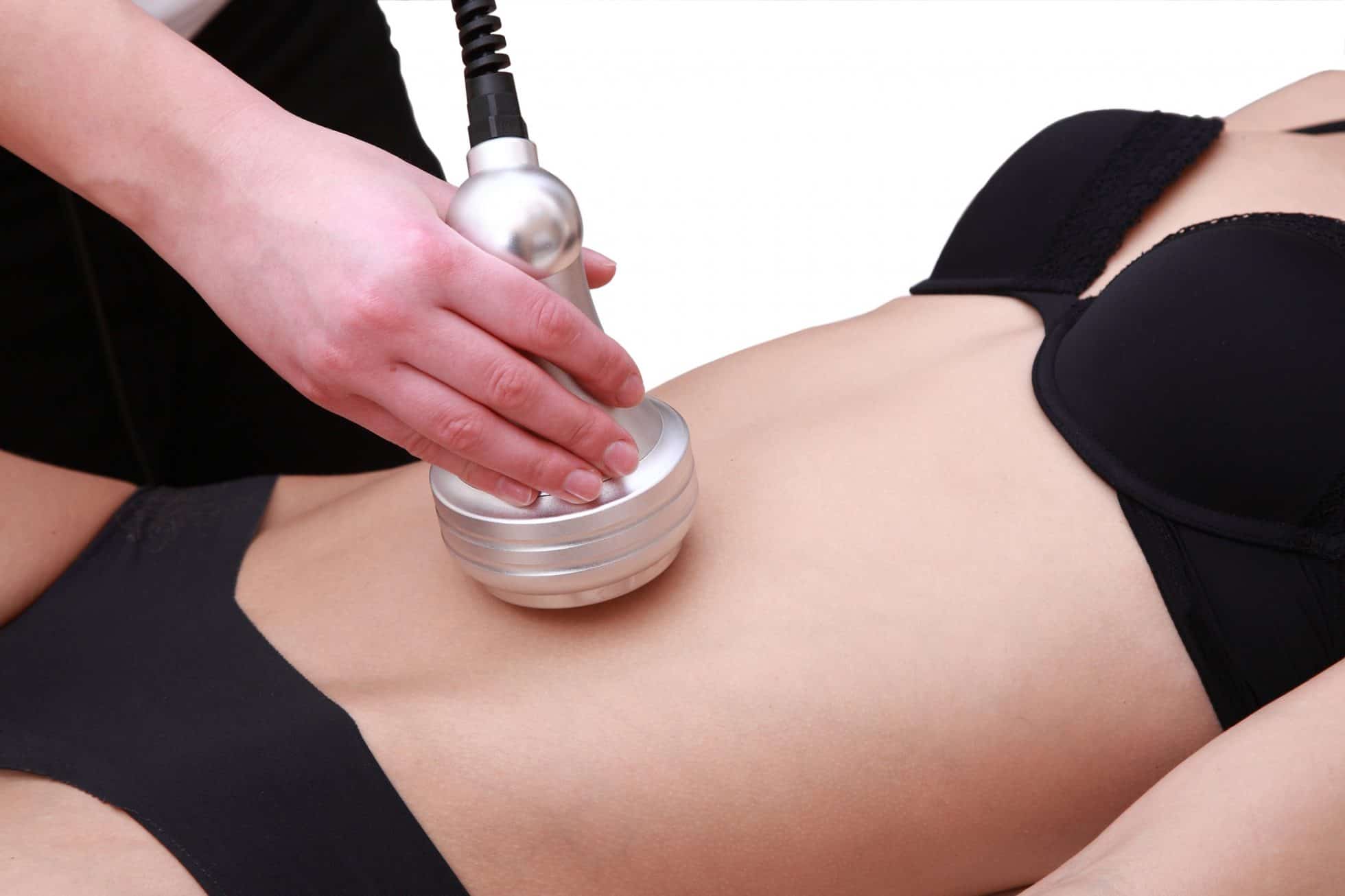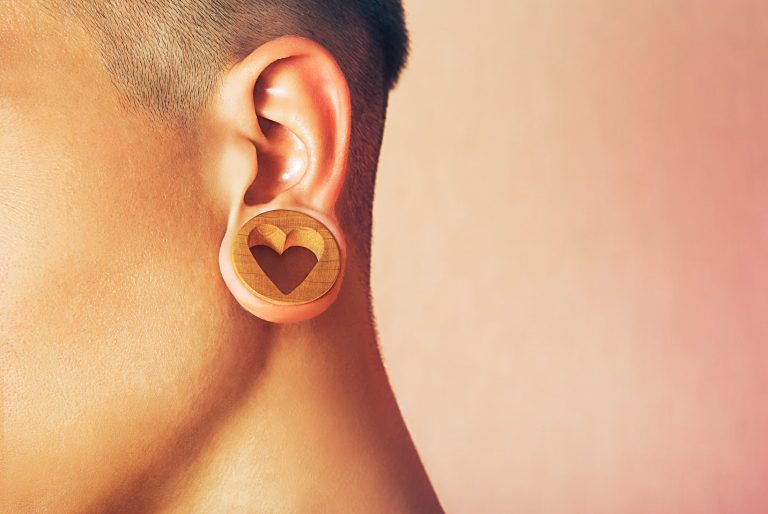Traditional Liposuction vs. Body Sculpting: Techniques & Results Explained
Key Takeaways
-
For the most part, traditional liposuction is a surgical procedure designed to remove fat deposits from specific areas of the body. It produces more dramatic results, but has significantly longer recovery times. Body sculpting can refer to invasive or non-invasive methods. These techniques are more geared towards contouring the body and usually result in a faster recovery.
-
Other techniques such as tumescent, laser-assisted and power-assisted liposuction vary in invasiveness and effectiveness. Body sculpting procedures like CoolSculpting and radiofrequency treatments are less invasive and most effective for individuals with smaller fat deposits.
-
Pros of traditional liposuction Better body contours Long-lasting results with a commitment to health and wellness The limited invasiveness and capability of treating multiple areas at once with body sculpting is attractive to people looking for the least amount of downtime possible.
-
With traditional liposuction, recovery is much longer and involves dedicated post-operative care. Body sculpting, on the other hand, typically allows for a faster return to normal activities with minimal side effects.
-
So it’s very important to know the differences in procedure costs, risks, and expected results between liposuction and body sculpting. With this information, you’ll be better equipped to make an informed decision and match your personal goals with the strength of each procedure.
-
Consulting with qualified professionals to discuss personal health conditions, desired results, and potential risks is essential to ensure safety and satisfaction with the chosen procedure.
Knowing the key differences between traditional lipo and body sculpting helps you stay informed and make the right decision for yourself. That understanding is integral to your health and wellness journey.
Traditional liposuction requires a surgical intervention to extract the fat deposits, providing highly accurate results. It traditionally involves anesthesia and significant downtime.
Body sculpting typically uses non-invasive methods like lasers or ultrasound. These non-invasive techniques can help contour the body with very little to no downtime. These techniques are attractive to patients who want more subtle results with less downtime.
Understanding these differences will help you select the procedure that best fits your individual goals and lifestyle. Depending on your needs, you can opt for liposuction for its surgical precision or body sculpting for its convenience and effectiveness.
Each approach comes with distinct advantages that serve your body’s needs.
What Is Traditional Liposuction
Traditional liposuction, known as tumescent liposuction or suction assisted lipectomy, is a surgical fat removal procedure. It typically targets the abdomen, thighs and arms. This method works wonders on those pesky fat areas that won’t budge with a healthy lifestyle.
The traditional liposuction procedure includes creating small incisions in which a cannula, or thin tube, is inserted. Used in conjunction with a vacuum device, the cannula loosens and sucks away fat cells, re-sculpting your body’s curves.
Techniques Used in Liposuction
A few different techniques make traditional liposuction more effective. In the tumescent approach, a solution made primarily of saline is injected to minimize blood loss, while laser-assisted lipo breaks down fat before it’s extracted.
In power-assisted liposuction, a vibrating cannula is used to make the procedure faster. Each technique varies in invasiveness and effectiveness. This underscores the need to have a highly trained, experienced surgeon be able to choose the best approach tailored to each patient’s individual needs.
Here’s how they compare:
|
Technique |
Advantages |
Disadvantages |
|---|---|---|
|
Tumescent |
Reduces blood loss |
Longer procedure time |
|
Laser-assisted |
Less invasive, quicker recovery |
Higher cost |
|
Power-assisted |
Faster fat removal |
May require general anesthesia |
How Liposuction Works
The procedure starts with extensive pre-operative testing to make sure it’s safe. Through small incisions, the cannula can target unwanted fat deposits that are suctioned out.
The actual surgery takes about one to several hours, depending on the size of the area being treated. Recovery requires the patient to wear compression garments, and full healing can take several weeks.
Benefits of Liposuction
On top of medical benefits, traditional liposuction can provide aesthetic benefits through enhanced body contours, which may increase self-esteem and confidence.
In particular, it is highly successful at removing stubborn fat areas resistant to diet and exercise. Paired with a healthy lifestyle, results are meant to last.
What Is Body Sculpting
Body sculpting includes both surgical and nonsurgical procedures that improve the shape and tone of the body. It offers both surgical and non-surgical techniques, making it available to more people. Invasive treatments such as liposuction and Lipo 360 are widely known for their fat eliminating powers.
They provide extreme results and provide for detailed body sculpting. At the same time, less invasive options like CoolSculpting and radiofrequency treatments have become more popular due to the minimal downtime and risk involved. These non-surgical approaches lure in consumers who are looking to eliminate fat, without going under the knife.
They are especially attractive for people with minimal fat to shed.
Non-Invasive Methods
Popular non-invasive techniques such as CoolSculpting freeze fat cells to death, and radiofrequency treatments use heat to destroy fat. These techniques are popular as a result of their short recovery times and lower likelihood of complications.
Perfect for anyone who wants to achieve subtle, natural-looking fat reduction, these techniques are designed for the rapidly increasing number of patients seeking out more minimally invasive procedures.
Technologies in Body Sculpting
Newer technologies including ultrasound and laser treatments improve precision in targeted fat reduction. Ultrasound focuses on targeted fat layers, while lasers liquefy fat, which is then removed. Each technology offers different benefits:
|
Technology |
Mechanism |
Results |
Recovery Time |
|---|---|---|---|
|
Ultrasound |
Fat-layer targeting |
Precise contouring |
Minimal |
|
Laser Treatments |
Fat melting |
Effective |
Short |
The technology used is largely dictated by the body area being targeted, as getting close to the body’s deep structures is important to achieve the best results.
Benefits of Body Sculpting
Body sculpting achieves enhanced symmetry and contour with little to no invasiveness, offering fast recovery and little downtime. Its versatility not only targets the face, but the body as well, increasing patient satisfaction.
The non-invasive nature of the procedure means less downtime and risk, making it desirable to a larger demographic.
Key Differences Between Lipo and Sculpting
1. Techniques and Procedures
In traditional liposuction, a cannula is inserted to suction fat from desired areas, providing instant fat removal.
Liposculpture improves upon this by using thinner cannulas to target specific areas for more refined shaping and contouring. This technique is perfect for targeting stubborn areas such as love handles and double chin.
Non-invasive body sculpting techniques like CoolSculpting freeze fat cells, causing them to slowly diminish over the next few months.
Technique impacts both results and recovery period. Liposculpture provides more immediate and dramatic changes, while sculpting techniques produce subtler results over the course of time.
Both have come a long way, delivering tailored regimens to help people with their unique goals.
2. Recovery Time and Process
Liposuction usually has about three weeks of downtime, starting with a period of rest followed by a gradual return to activity.
As an added benefit, body sculpting requires little-to-no downtime, so you can quickly get back to your daily routine.
Recovery time will depend largely on how extensive the procedure is, and the overall health of the patient.
With liposuction, proper post-operative care is important, such as wearing compression garments and avoiding heavy exercise.
Having a clear recovery plan will help you get the best results possible.

3. Risks and Side Effects
The potential risks of liposuction include:InfectionBleeding
Body sculpting risks & complications may result in skin irritation or numbness.
Precautions such as adherence to post-care instructions reduce these risks. Talking with a professional about possible side effects is key to making safest possible choices.
4. Expected Outcomes
While body sculpting is a slow process, taking several months for results to fully develop, liposuction provides immediate, noticeable results.
Having realistic expectations and committing to a healthy lifestyle with diet and exercise are key to enjoying the long-lasting results.
5. Cost and Affordability
Cost Liposuction can range anywhere from $3,000 to $8,000, whereas body sculpting can cost less, depending on the treated areas.
Other cost determinants are surgeon experience and facility fees. Flexible financing options bring these life-changing procedures within reach.
|
Aspect |
Liposuction |
Body Sculpting |
|---|---|---|
|
Technique |
Surgical |
Non-invasive |
|
Recovery Time |
Several weeks |
Minimal downtime |
|
Immediate Results |
Yes |
No |
|
Cost Range |
$3,000 – $8,000 |
Varies by area |
Considerations for Choosing a Procedure
Whether you choose traditional liposuction or body contouring, several key considerations come into play. Personal health conditions and medical history should come first. Whatever cosmetic procedure you’re considering, patients should look beyond initial pricing and think about health conditions, such as diabetes or heart disease, which could affect your candidacy for surgical liposuction.
Honest disclosure of medical history is vital during consultations. This transparency enables all involved professionals to provide a full evaluation, ensuring that you are safe and happy. Taking an honest, frank evaluation of your health creates the foundation for a successful body transformation.
What you want to achieve shapes your decision, too. If you’re looking to achieve a specific body shape, being clear about your aesthetic goals during consultation is essential. Knowing what each procedure, including liposculpture, can realistically accomplish is key to setting the right expectations.
Professional guidance is your map, showing you the best route to the outcomes you want to achieve. Consultation with qualified liposuction surgeons is the next step not to miss. Look for the most experienced and well-regarded professionals, as their skill and reputation often influence their fees, which can range from $4,000 to $15,000.
Urban clinics might raise prices, given their higher overheads and demand. In all consultations, transparency is key. Answer questions about the procedure, recovery, and expected outcomes to address apprehensions.
Realizing that recovery takes one to two weeks lets you plan accordingly and set an appropriate timeline. In about a week, you should be feeling like yourself again after the liposuction treatment.
Conclusion
While both methods can improve your confidence and sculpt your body, they provide two distinctly different paths to achieve your goals. Liposuction is a surgical procedure that directly removes fat for immediate results, but body sculpting offers a non-invasive approach to gradually sculpt your figure. Depending on your lifestyle, recovery time, and desired outcome, make an informed decision. Keep in mind, selecting the proper procedure is the first step to feeling and looking your best.
Consider your options and choose the one that’s the best fit for you. Stick with the proven winners or take a chance on the fresh and forward-thinking talent. Take that step today to feel amazing in your own skin!
Frequently Asked Questions
What is the main purpose of traditional liposuction?
Traditional liposuction is designed to remove excess fat from specific body areas, focusing on stubborn pockets that resist diet and exercise. This cosmetic procedure aims to sculpt and contour the body, achieving the desired body shape and enhancing overall body proportions.
How does body sculpting differ from liposuction?
Body sculpting is a non-surgical, or minimally invasive, cosmetic procedure primarily for fat reduction and skin tightening. Techniques such as laser, ultrasound, or cryolipolysis are employed, while surgical liposuction is a more invasive body shaping operation.
Is there downtime for body sculpting procedures?
Body sculpting typically has minimal or no downtime. For the majority of people, it means getting back to their daily routine right away. This is a huge advantage to liposuction recovery time.
Which procedure is more cost-effective?
Body sculpting, particularly through surgical liposuction, is generally more cost-effective. The price entirely varies based on the cosmetic procedure you choose and the number of required sessions for optimal body transformation.
Can body sculpting treat large areas of fat?
Body sculpting, particularly through traditional liposuction, works well on small to moderate body areas. Its best use is for spot fat reduction, while surgical liposuction is recommended for larger volumes of fat removal.
What are some risks associated with traditional liposuction?
Risks of traditional liposuction techniques include, but are not limited to, infection, bleeding, and anesthesia complications. Additionally, there may be unsymmetrical fat removal and skin contour deformities. By selecting an experienced plastic surgeon, these risks can be reduced significantly.
Who is an ideal candidate for body sculpting?
These cosmetic procedures are best suited for individuals who are near their ideal weight and have excellent skin elasticity. They must be contenders with stubborn fat areas that resist diet and exercise, making body contouring a viable option.






